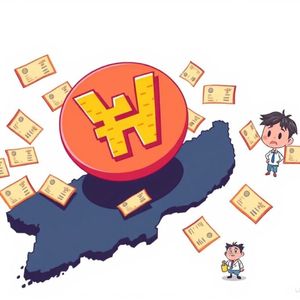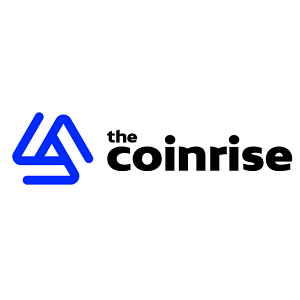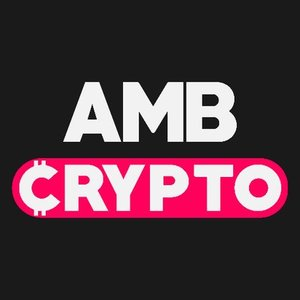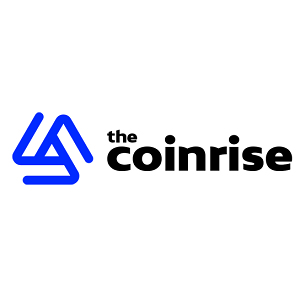South Korea Stablecoin: Why a Crucial Bond Absence Hinders Progress
4 min read
BitcoinWorld South Korea Stablecoin: Why a Crucial Bond Absence Hinders Progress South Korea stands at a pivotal moment in its digital currency journey. While the nation shows strong interest in blockchain innovation, a significant hurdle currently impacts its progress in the South Korea stablecoin race: the critical absence of short-term government bonds. This issue, highlighted by a senior research fellow, raises important questions about the foundational elements needed for a stable and secure digital won. Why Are Short-Term Bonds Crucial for Stablecoin Reserves ? For any stablecoin to truly live up to its name, it must maintain its value against a pegged asset, like the Korean Won. This stability relies heavily on the quality and liquidity of its underlying reserve assets. Kim Pil-kyu, a senior research fellow at the Korea Capital Market Institute (KCMI), recently emphasized this point at a Korea Financial Investment Association (KOFIA) conference. He explained that short-term Korean government bonds would serve as essential reserve assets for issuing a reliable won-denominated stablecoin . Think of it this way: Stability: Government bonds are generally considered low-risk investments, providing a solid foundation for the stablecoin’s value. Liquidity: Bonds maturing in under a year can be easily converted to cash, ensuring that stablecoin issuers can meet redemption requests quickly and efficiently. This liquidity is vital for smooth payments and maintaining user trust. The U.S. market offers a clear precedent; most dollar stablecoin issuers primarily hold their reserves in short-term government debt. This model proves effective for both security and operational fluidity, making short-term bonds a cornerstone for robust stablecoin reserves . What Challenges Does Korean Crypto Regulation Face? The current landscape of Korean crypto regulation presents a significant challenge for stablecoin issuance. Kim Pil-kyu’s insights underscore that before a won-denominated stablecoin can truly take off, the regulatory framework must adapt. The Korea Economic Daily reported on Kim’s remarks, which highlighted the urgent need for reforms. Without appropriate legal and market structures, the path for issuing such a digital asset remains unclear. Regulators need to consider: Defining stablecoin as a distinct financial instrument. Establishing clear guidelines for reserve management and auditing. Creating a robust legal framework that supports the issuance and circulation of a won-denominated stablecoin. These regulatory adjustments are not just about compliance; they are about fostering an environment where innovation can thrive safely, supporting the broader goals of digital won development . They are essential steps to ensure market integrity and investor protection. Paving the Way for Digital Won Development : Next Steps The journey towards a fully functional digital won development ecosystem requires a concerted effort from policymakers, financial institutions, and the blockchain community. Addressing the bond market’s limitations is a critical first step. To overcome the current hurdles for a South Korea stablecoin , several actions are necessary: Policy Innovation: Policymakers must explore mechanisms to introduce or facilitate access to appropriate short-term government bond instruments suitable for stablecoin reserves. Regulatory Clarity: Clear and comprehensive regulations are essential to provide certainty for issuers and protect consumers. Market Collaboration: Collaboration between traditional finance and crypto innovators can help bridge the gap and build the necessary infrastructure. Successfully navigating these challenges will not only pave the way for a robust won-denominated stablecoin but also solidify South Korea’s position as a leader in the global digital finance landscape. This proactive approach ensures stability and fosters innovation in the burgeoning digital economy. Summary: The Path Forward for South Korea’s Stablecoin Future The insights from KCMI’s Kim Pil-kyu clearly indicate that the absence of suitable short-term government bonds is a major obstacle for South Korea stablecoin initiatives. These bonds are vital for stablecoin reserves, providing both stability and liquidity. Addressing this gap through regulatory reforms and innovative policy solutions is crucial for advancing digital won development and ensuring South Korea remains competitive in the global stablecoin race. A clear, well-regulated framework will unlock the full potential of a secure and efficient won-denominated stablecoin, benefiting both the economy and its citizens. Frequently Asked Questions (FAQs) Q1: What is a won-denominated stablecoin? A won-denominated stablecoin is a type of cryptocurrency designed to maintain a stable value, pegged to the Korean Won. Its value is typically backed by reserve assets, often fiat currency or highly liquid securities, ensuring its stability for transactions. Q2: Why are short-term government bonds important for stablecoin reserves? Short-term government bonds are crucial because they offer a combination of high stability and liquidity. They are considered low-risk assets and can be easily converted into cash, allowing stablecoin issuers to meet redemption requests promptly and maintain the stablecoin’s peg. Q3: Who is Kim Pil-kyu and what is KCMI? Kim Pil-kyu is a senior research fellow at the Korea Capital Market Institute (KCMI). KCMI is a leading research institution in South Korea focused on capital markets, providing expert analysis and policy recommendations. Q4: What regulatory changes are needed in South Korea for stablecoins? Regulatory changes are needed to define stablecoins legally, establish clear guidelines for reserve management, implement robust auditing requirements, and create a comprehensive legal framework that supports the issuance and circulation of a won-denominated stablecoin. This is key for advancing Korean crypto regulation . Q5: How does South Korea’s situation compare to the U.S. stablecoin market? In the U.S., most dollar stablecoin issuers widely utilize short-term government debt as their primary reserve asset due to its stability and liquidity. South Korea currently lacks sufficient short-term government bonds that can serve this purpose, creating a significant hurdle for its own digital won development compared to the U.S. model. Did you find this article insightful? Share it with your network and help spread awareness about the challenges and opportunities in the global stablecoin landscape! To learn more about the latest crypto market trends, explore our article on key developments shaping digital currency institutional adoption. This post South Korea Stablecoin: Why a Crucial Bond Absence Hinders Progress first appeared on BitcoinWorld and is written by Editorial Team

Source: Bitcoin World



